Phytoplankton obtain energy through the process of photosynthesis, which requires energy from?
What is the sun
Which of the following objects can produce thermal energy without being plugged into a source of electricity?
A. A hair dryer
B. A toaster oven
C. A campfire
D. An iron
What is C, A campfire
When the Earth spins on its axis, we say that the Earth is..?
What is rotating.
What does WED stand for? What do they mean?
What is Weathering, Erosion, and Deposition and they mean break it, move it, and drop it
What is the definition of active listening?
What is active listening is when someone is truly listening to the other person speak and they show this through their body language
A food web of a forest ecosystem is shown. Which organisms get energy from opossums?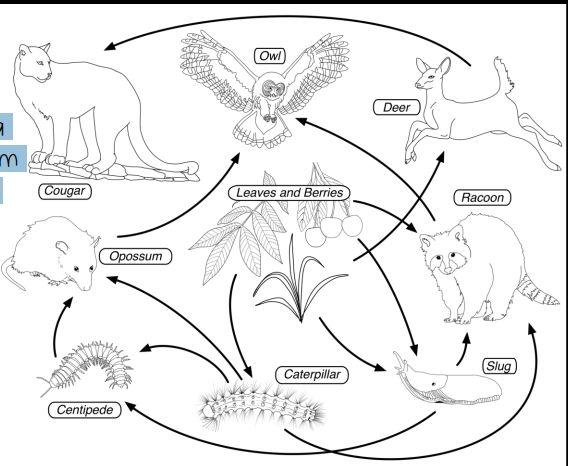
What is the owl
Four students took turns sliding a wooden block across a table, using an app to measure the speed of the block at the one-meter mark. Which conclusion is best supported by the data they recorded? 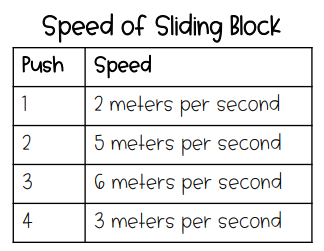
A. The block had more energy on push 1 than on push 2.
B. The block had less energy on push 3 than push 4.
C. The block had the least energy on push 1.
D. The block had the most energy on push 2.
What is C
Which of the following most likely shows the length of a basketball hoop’s shadow early in the morning?
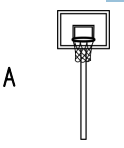
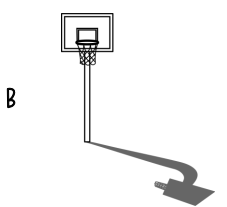
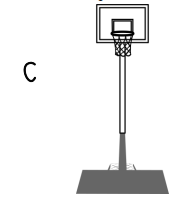
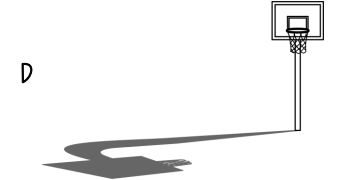
What is B 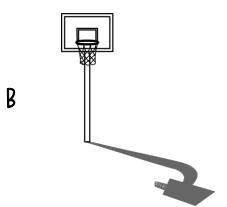
Which of the following would be considered evidence of mechanical weathering?
A. A tree growing taller each year
B. A rock breaking apart due to temperature changes
C. Leaves falling off trees in autumn
D. Birds building nests in a shrub
What is B, A rock breaking apart due to temperature changes
When white light shines through a prism what happens?
What is it separates into different colors
A deer and grass are shown. Which of the following best explains how the grass and the deer get energy? 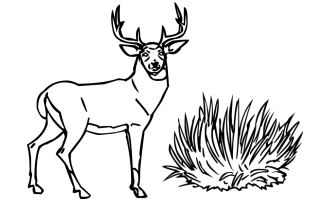
A.The grass gets energy from soil, and the deer gets energy from the grass.
B. The grass gets energy from soil, and the deer gets energy from the sun.
C. The grass gets energy from the sun, and the deer gets energy from soil.
D. The grass gets energy from the sun, and the deer gets energy from the grass.
What is D, The grass gets energy from the sun, and the deer gets energy from the grass.
A rollercoaster is shown. At which point does the rollercoaster car have the greatest kinetic energy?
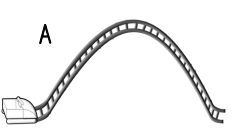
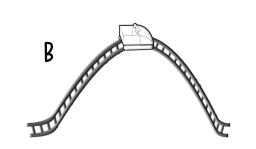
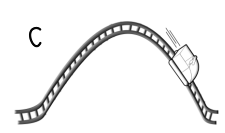
What is C.
Which two of the numbered locations are most likely to experience sunrise at the same time? 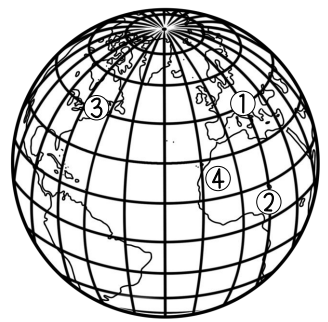
A. 3 and 4, because both locations are in the same hemisphere.
B. 1 and 3, because both locations are on the same line of latitude.
C. 1 and 2, because both locations are on the same line of longitude.
D. 2 and 4, because both locations are on the same continent.
What is C, 1 and 2, because both locations are on the same line of longitude.
A map of Earth’s tectonic plate boundaries is shown. Where on the map would a mountain range be most likely form? 
A. In the center of a tectonic plate
B. On separate tectonic plates
C. In a location with no tectonic plates
D. Along the border of two tectonic plates
What is D, Along the border of two tectonic plates
What is the most common snack chosen at the snack cart?
What is Takis or Flamin' Hot Cheetos
Organisms in a desert ecosystem are classified in the table above. Which energy flow is correct, based on the data shown?
A. Coyote--->Rat
B. Rat ---> Coyote
C. Sun ---> Beetle
D. Beetle ---> Sun
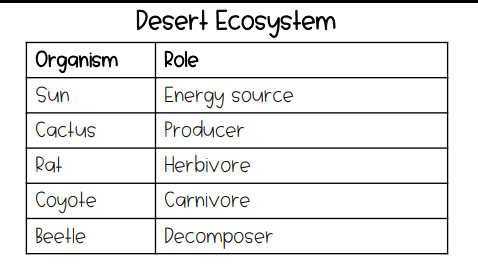
What is B.
Which statement best describes the wave shown above? 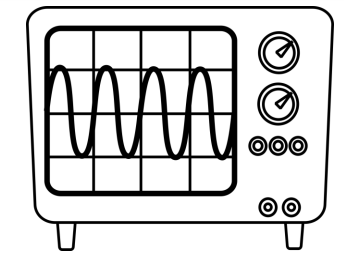
A. The wave has a short wavelength
B. The wave has a long wavelength
C. The wave has a high amplitude
D. The wave has no amplitude
What is A, The wave has a short wavelength
Which of the following causes the observable pattern of day and night on Earth?
A. The Earth rotates on its axis, exposing half of the planet to the light and heat of the sun, while the other half is in darkness.
B. The Earth revolves around the sun, causing different parts of the planet to face the sun at different times, resulting in daylight and darkness.
C. Both a and b
D. None of the above
What is A.
Which of the following most likely caused the formation of the Mississippi River delta over time?
A Tectonic plate movement
B Volcanic eruption
C Deposition of sediment
D Wind erosion
What is C, deposition of sediment
What is each of your teacher's first names?
What is Hannah McHenry, Tori King, and Angie Dickerson.
Kudzu is a non-native species that was introduced to the southeastern United States to help control erosion. However, it grew rapidly and covered large areas of land, including trees and other plants, preventing them from receiving sunlight.
According to this example, how can introducing a non-native species to an ecosystem affect the balance?
A. The non-native species can outcompete the native species for resources, causing the native species to decline.
B. The non-native species can create a new food source for native predators, helping to maintain balance.
C. The non-native species can help native species to adapt to changes in the environment.
D. The non-native species can increase the biodiversity of the ecosystem.
What is A, The non-native species can outcompete the native species for resources, causing the native species to decline.
Which of the following statements accurately describes the patterns of a sound wave?
A The lower the frequency, the lower the sound.
B The lower the frequency, the higher the sound.
C The higher the amplitude, the lower the sound.
D The higher the amplitude, the quieter the sound.
What is A, The lower the frequency, the lower the sound.
What phase of the moon is this in? 
What is a Waning Gibbous
How does fast-moving water affect a landscape and contribute to the formation of valleys?
A. Fast-moving water causes sediment to be deposited on the surrounding land, creating valleys.
B. Fast-moving water causes the erosion of soil and rock, which can lead to the formation of valleys.
C. Fast-moving water causes tectonic uplift, which creates valleys.
D. Fast-moving water has no effect on the formation of valleys.
What is B, Fast-moving water causes the erosion of soil and rock, which can lead to the formation of valleys.
What is Mrs. Dickerson's favorite song to sing?
What is I Want it That Way by the Backstreet Boys